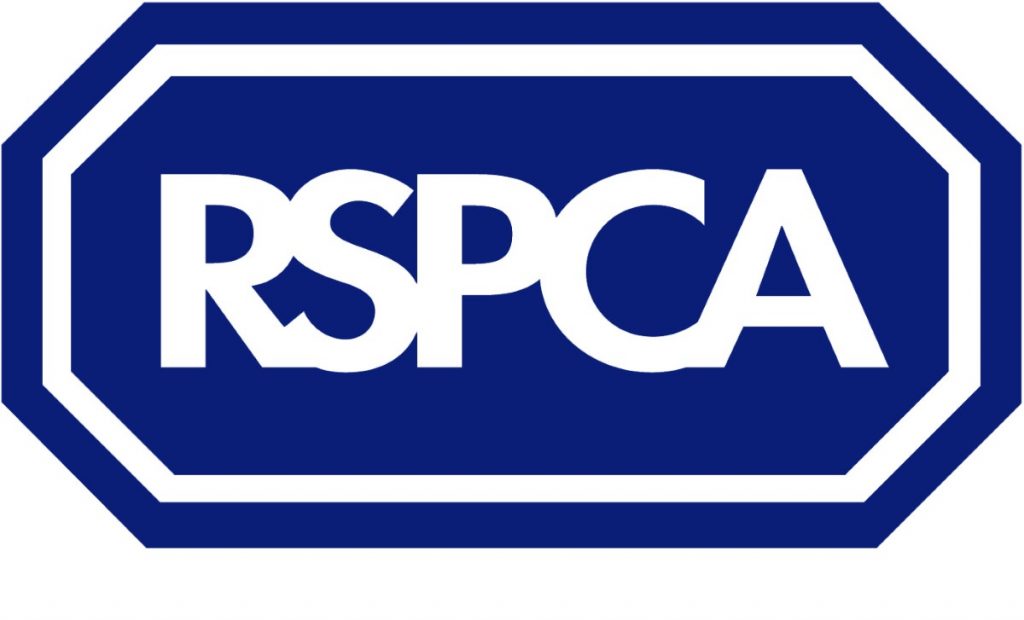RSPCA saddened as first ever Home Office statistics reveal severity of suffering of UK laboratory animals
Statistics released by the Home Office for the first time today (Oct 22) reveal that during 2014, 184,000 research animals experienced severe suffering, through animal research and testing.
This is more than two animals for every one of the 82,000 seats at Twickenham rugby stadium.
These statistics reveal for the first time how much pain, suffering and distress is actually experienced by laboratory animals.
Suffering is measured in five categories: ‘Sub-threshold’, ‘non-recovery’, ‘mild’, ‘moderate’ or ‘severe’. The figures are based on information provided by the scientists who used the animals.
These statistics show that in the UK during 2014:
- 3.80 million animals were used in 3.87 million completed scientific procedures.
- This figure includes 2.9 million procedures on mice, 254 thousand on rats, 14 thousand on rabbits, 4 thousand on dogs and 3 thousand on monkeys.
- 49% of the overall procedures were categorised as causing animals ‘mild’ suffering, 14% involved ‘moderate’ suffering and 5% involved ‘severe’ suffering.
Penny Hawkins, head of the research animals team at the RSPCA, said: “The figures state that 184,000 procedures were of the highest severity allowed, with animals experiencing severe pain, suffering, distress or ‘impairment of their well being’.
“This is thankfully a small proportion of the total animals used, but it still represents a number of individual animals that is more than twice the seating capacity of Twickenham rugby stadium.
“The RSPCA is concerned about all levels of pain or distress, but we are saddened to see that so many animals suffered severely. It is absolutely essential that everything possible is done to prevent animals suffering like this.”
Penny added: “Since 2010, the RSPCA has led a ground-breaking initiative, working with researchers, vets, animal technologists, Home Office inspectors and others to develop practical approaches towards avoiding, reducing and ultimately ending severe suffering. This new data further highlights just how important this work is, if we are going to reach the point that everyone tells us they want to see – no more animals experiencing severe suffering. ”
Penny said: “The RSPCA has long called for more meaningful information about the actual levels of suffering experienced by animals used in research and testing.
“Provided these figures are accurate and reliable, they can help to focus efforts to replace animals, and reduce suffering, on those areas of research that cause animals the greatest pain and distress.
Also today, the Home Office Animals in Science Regulation Unit published its annual report on how it regulated UK animal experiments during 2014. This again highlights the worryingly small number of inspectors available to inspect UK labs and assess licence applications to conduct animal experiments.
Penny said: “There have also been many deeply disturbing reports exposing how poor quality animal research continues to be funded, licensed and carried out, representing an unacceptable waste of animals’ lives and cause of avoidable suffering. The Home Office annual report includes upsetting examples of basic institutional failings, including animals starving to death – so how can the public be expected to believe that research is all done to the ‘highest possible standards?”
“We cannot see how this dire situation can improve unless the UK law on animal experiments is robustly enforced, which requires a well resourced and effective Home Office Inspectorate. According to the Home Office report, the number of Inspectors increased slightly to 17 full-time equivalents in 2014 – but this is just one Inspector for every 223 thousand animals and this is nowhere near enough. The RSPCA is urging the Government to provide adequate resources for the Inspectorate, in the interests of both animal welfare and the quality of UK science.”
Notes to editors
- All 28 EU Member States are now required to collect and publish data on ‘actual severity’ as a requirement under European Directive 2010/63/EU, which took effect on January 1st 2013.
- Although evidence shows that just keeping animals in a laboratory environment can have significant effects on that animal’s well-being, this is not captured in the ‘actual severity’ data, which only relates to suffering caused by the experimental procedures themselves.
- The ‘Statistics of scientific procedures on living animals, Great Britain 2014’ publication (released 22nd October 2015) and the Animals in Science Regulation Unit – Annual Report 2014 (published October 2015) are both available on the Home Office website: www.gov.uk/guidance/research-and-testing-using-animals
-
The severity of procedural harms (i.e. excluding harms caused to animals as a result of nonprocedural events such as transport and housing) is assessed as one of five categories as follows:
- Sub-threshold: When a procedure was authorised under a project licence but did not actually cause suffering above the threshold of regulation (ASPA 2 (1)) i.e. was less than the level of pain, suffering, distress or lasting harm that is caused by inserting a hypodermic needle according to good veterinary practice.
- Non-recovery (under general anaesthesia): When the entire procedure was carried out under general anaesthesia without recovery.
- Mild: The key characteristic of mild procedures is that any pain or suffering experienced by an animal is, at worst, only slight or transitory and minor so that the animal returns to its normal state within a short period of time.
- Moderate: The characteristic of moderate procedures is that they do cause a significant and easily detectable disturbance to an animal’s normal state, but this is not life threatening. Most surgical procedures carried out under general anaesthesia and with good post-operative analgesia (i.e. pain relief) would be classed as Moderate.
- Severe: The characteristics of severe procedures are that they cause a major departure from the animal’s usual state of health and well-being. It would usually include long-term disease processes where assistance with normal activities such as feeding and drinking are required or where significant deficits in behaviours/activities persist. It includes animals found dead unless an informed decision can be made that the animal did not suffer severely prior to death.





-01.png)